Are you aware of how many of your patients use cannabis regularly? In years gone by, the question may have been moot, as the number would have been negligible. However, international population health figures seem to show that the rates of regular cannabis use are increasing. A new study published in Anaesthesiology in August of this year has looked at whether cannabis users may require more anaesthesia during surgery, particularly inhalational anaesthetic. The older users, at least.
The authors postulate that cannabis users aged 65 years or older undergoing general anaesthesia for surgery required higher doses of inhalational anaesthetics than non-users. Their conclusions were based on reviews of the electronic health records of 22,476 patients aged 65 years or older who had surgery at the University of Florida Health System between the years 2018 to 2020.
The premise was to assess whether cannabis use leads to higher doses of inhalational anaesthesia during surgery. The team conducted a retrospective cohort study comparing the average intraoperative minimum alveolar concentrations of volatile anaesthetics (isoflurane and sevoflurane) between older adults who used cannabis products, compared to those who did not.
They observed 268 patients who reported using cannabis within 60 days of surgery (median age, 69 years; 35 per cent women), who were matched to 1,072 non-users, with a mean duration of anaesthesia of 175 minutes. The primary outcome of the study was the intraoperative time-weighted average of isoflurane or sevoflurane minimum alveolar concentration equivalents.
In their top-line findings, the researchers observed that cannabis users had significantly higher average minimum alveolar concentrations of isoflurane or sevoflurane than their non-user counterparts (mean, 0.58 vs 0.54; mean difference, 0.04; P = .021). Results of a sensitivity analysis showed higher mean average minimum alveolar concentrations of anaesthesia in cannabis users compared to non-users (0.57 vs 0.53; P = .029).
“Cannabis use was associated with administering statistically significantly higher inhalational anaesthetic minimum alveolar concentration equivalents in older adults, but the clinical significance of this difference is unclear,” they wrote. “These data do not support the hypothesis that cannabis users require clinically meaningfully higher inhalational anaesthetic doses.”
The topic may become more relevant if cannabis use continues to grow and the Editor notes that cannabis use is in fact associated with higher intravenous anaesthetic administration. Getting a better understanding of any potential relationship with inhalational anaesthetic dosing is crucial, they added, and more studies are needed sooner rather than later.
Naturally, it’s not to be assumed that your patients will readily admit to using cannabis regularly, and if they do, they might downplay the quantities. Their honesty may be curtailed by the legal status of the drug, fear of stigma, or nervousness that an insurance company will get hold of that information and cause them problems when it comes to purchasing motor insurance, for example. But again, the figures show that cannabis use is less and less marginalised.
Figures from 2022 by research hub Statista show that, in Europe, the highest prevalence is found in Czechia (also known as the Czech Republic), with 11 per cent of the overall population regular users. Italy comes next at 10.8 per cent, followed by France at 10.6 per cent, Spain at 10.6 per cent, Croatia at 10.2 per cent, and the Netherlands at 10.2 per cent.
There follows a drop to 9 per cent in Finland and 8.8 per cent in Germany.
Ireland shows up next at 7.1 per cent of the population and Belgium, Denmark, and Estonia bring up the rear with slightly smaller figures. Of course, it should be noted that in some of the countries surveyed, cannabis use has been effectively decriminalised.
It’s all certainly a lot of food for thought. Aside from anaesthesia, more research is urgently needed to assess how cannabis may interact with the drugs you are prescribing.
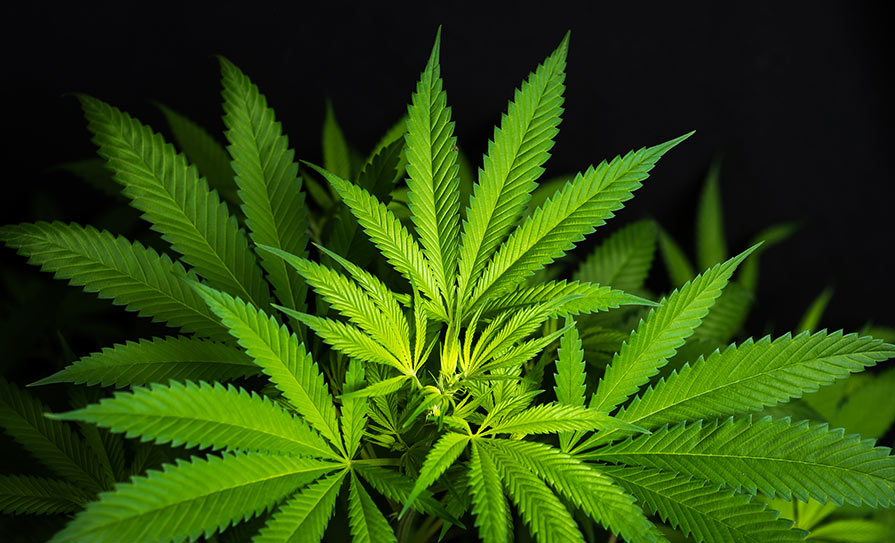

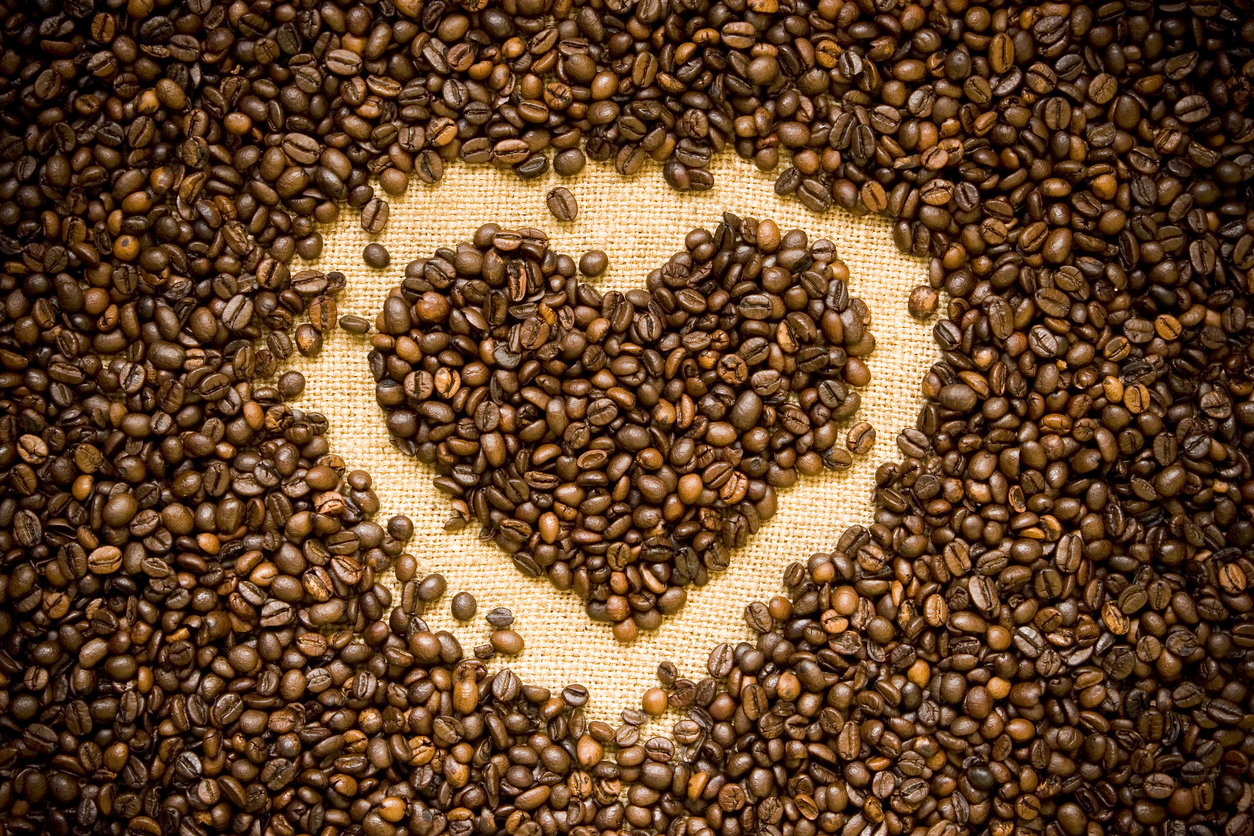

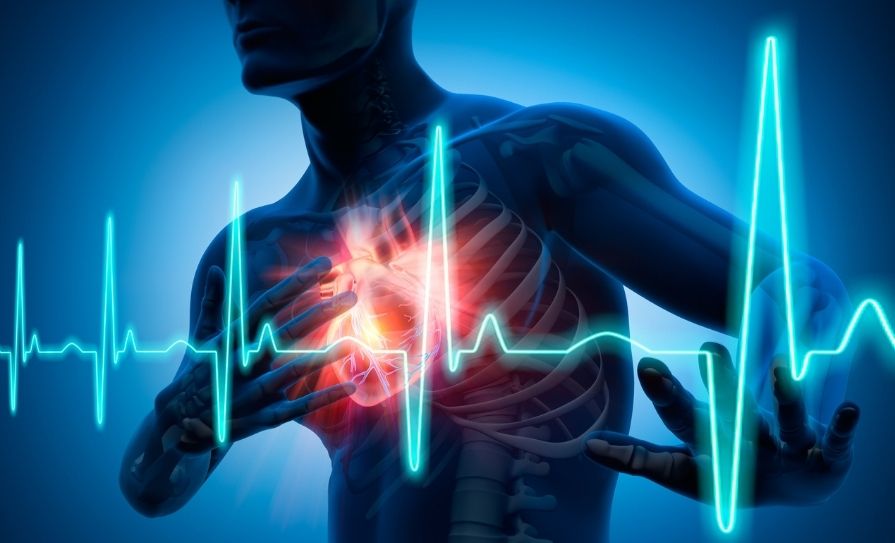
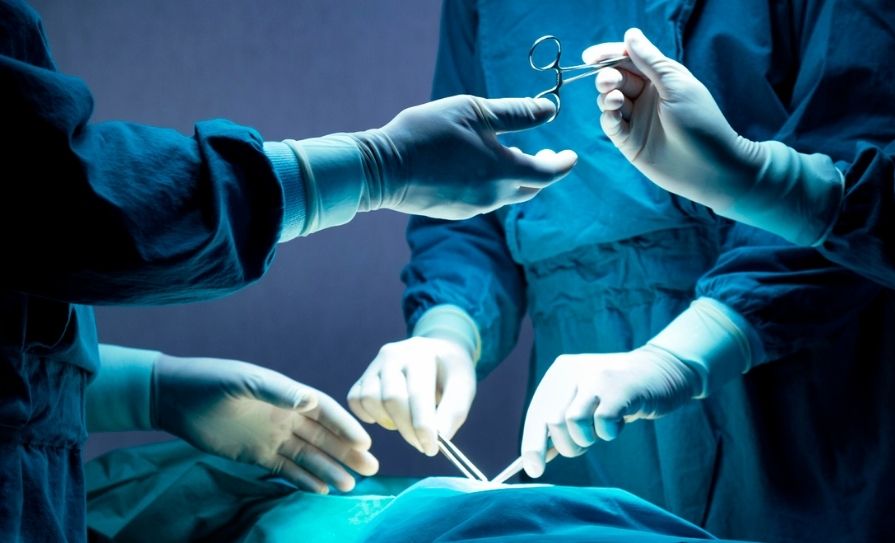


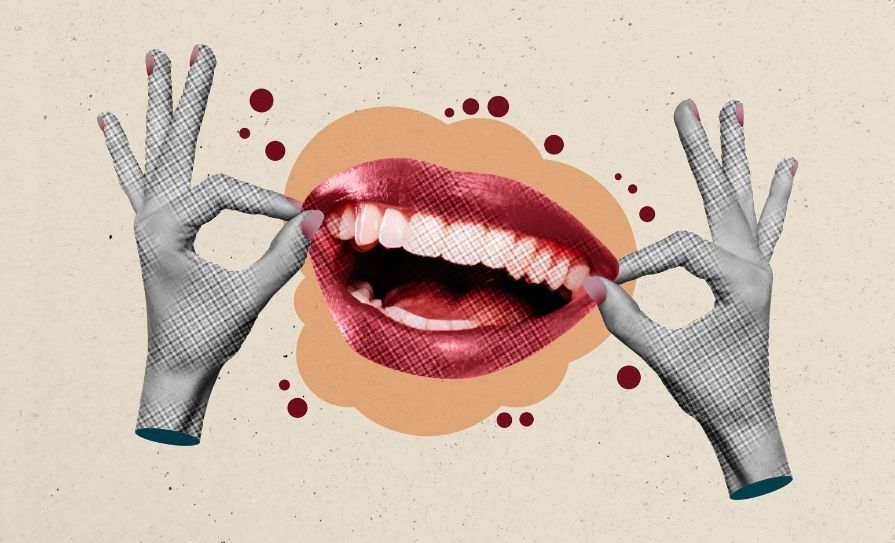




Leave a Reply
You must be logged in to post a comment.